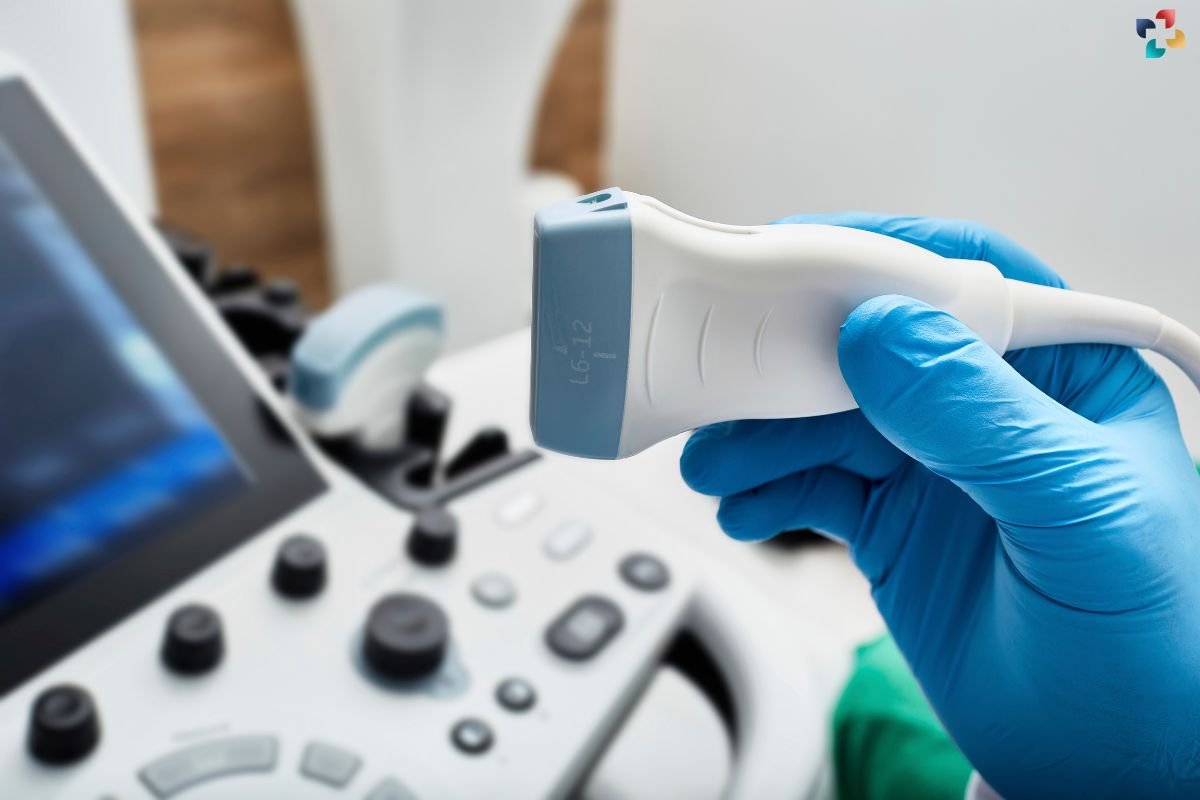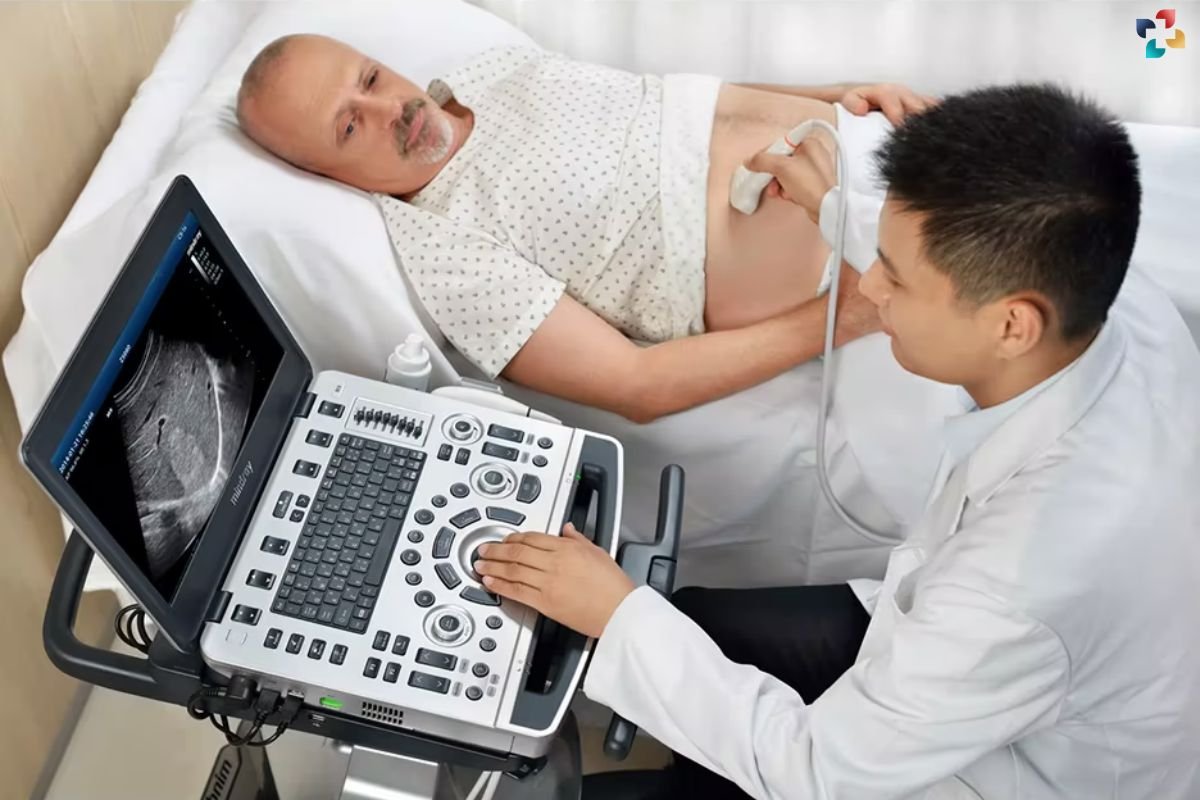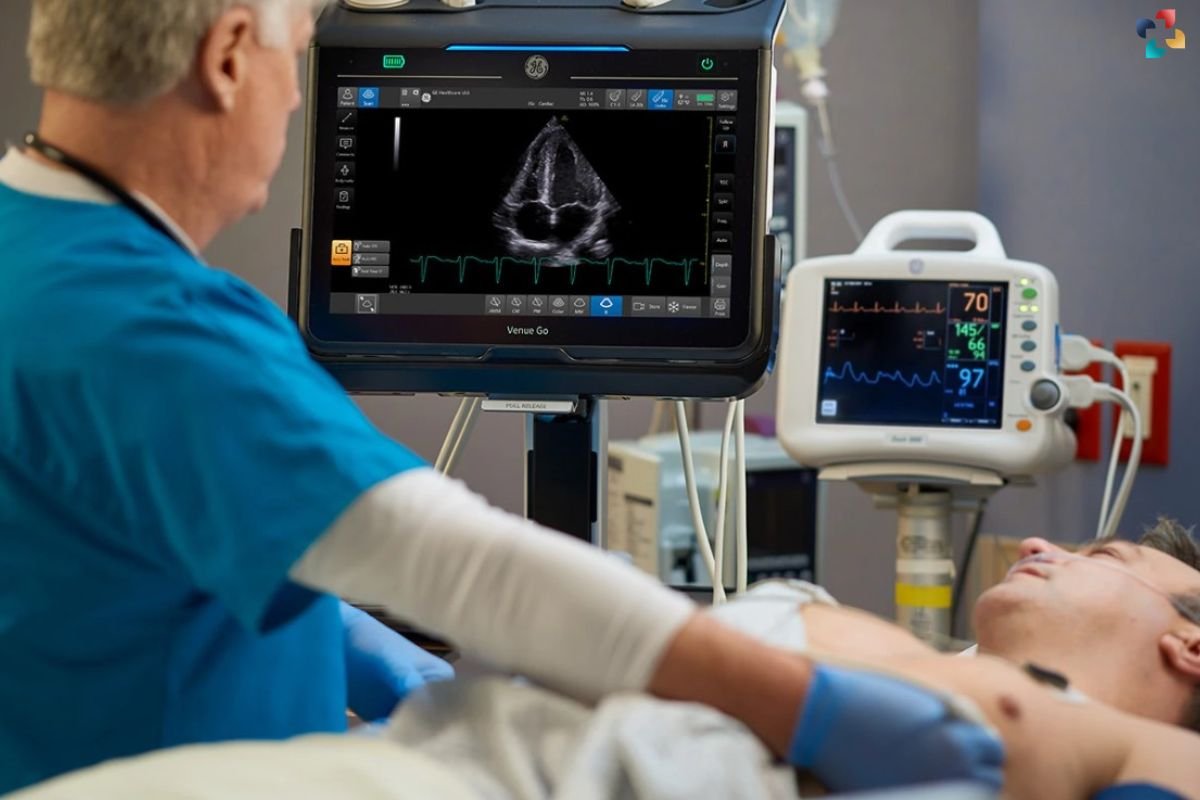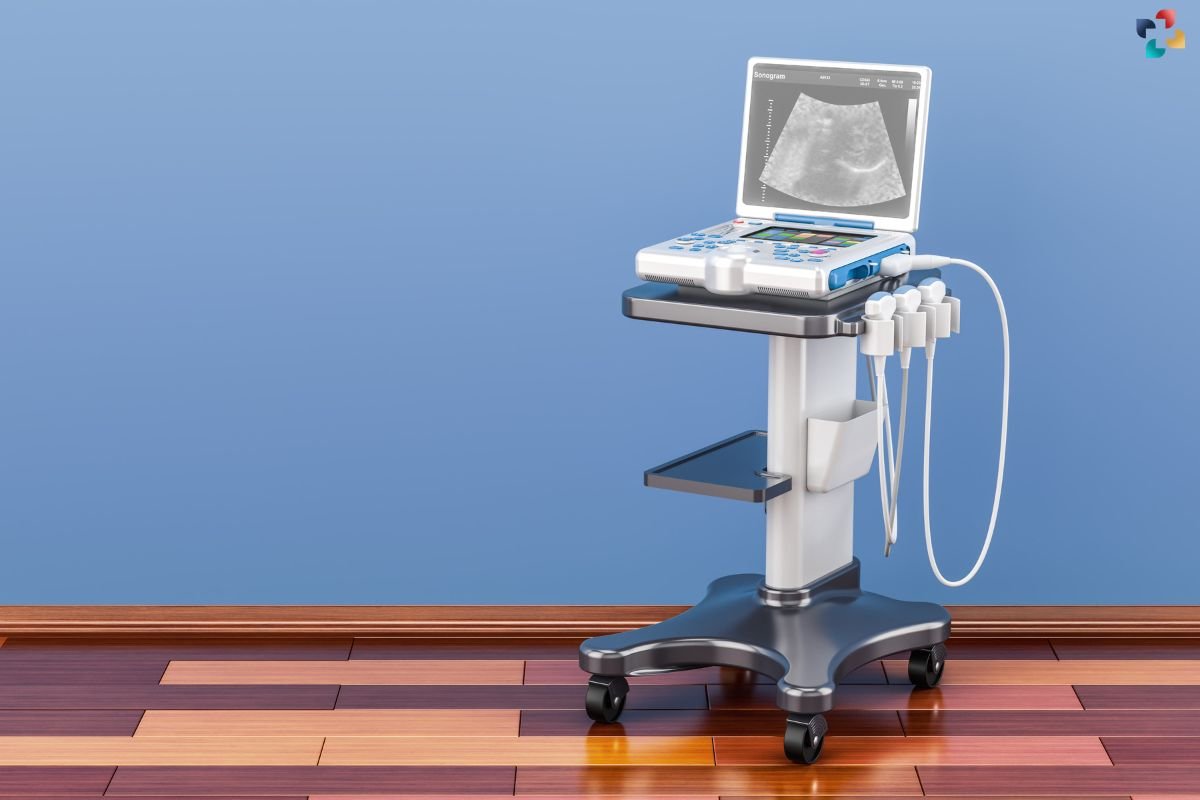In the realm of medical imaging, technological advancements continue to revolutionize the way healthcare professionals diagnose and treat various conditions. One such innovation that has gained widespread acclaim is the portable ultrasound machine, a compact and versatile device that brings the power of ultrasound imaging to the point of care. In this comprehensive article, we will delve into the features, benefits, and applications of portable ultrasound machines, highlighting their significance in modern healthcare delivery.
The Versatility of Portable Ultrasound Machines:
Portable ultrasound machines, also known as handheld ultrasound devices or point-of-care ultrasound (POCUS) systems, offer a wide range of imaging capabilities in a compact and lightweight form factor. Unlike traditional cart-based ultrasound machines, which are stationary and require dedicated imaging rooms, they are designed for mobility and can be easily transported to various clinical settings, including hospital wards, emergency departments, ambulances, clinics, and remote or resource-limited areas.
Applications in Medical Practice:

Portable ultrasound machines have diverse applications across numerous medical specialties, including emergency medicine, critical care, obstetrics, gynecology, cardiology, musculoskeletal imaging, and primary care. In emergency settings, machines enable rapid assessment of trauma patients, facilitating early diagnosis of internal injuries, pneumothorax, and cardiac tamponade. In obstetrics and gynecology, machines are invaluable for performing quick bedside scans to assess fetal well-being, detect ectopic pregnancies, and guide interventional procedures.
Benefits of Portability:
The portability of ultrasound machines offers several advantages for both healthcare providers and patients. By bringing ultrasound imaging directly to the bedside, portable ultrasound machines enable real-time visualization of anatomical structures and pathology, enhancing diagnostic accuracy and facilitating timely decision-making. Additionally, portable ultrasound machines reduce the need for patient transfers to dedicated imaging departments, minimizing wait times, improving workflow efficiency, and optimizing resource utilization.
Moreover, the portability of ultrasound machines enhances patient comfort and convenience by eliminating the need for them to travel to centralized imaging facilities. Patients, particularly those who are critically ill, injured, or mobility-impaired, benefit from receiving timely diagnostic assessments at their bedside, without the logistical challenges and potential discomfort associated with transportation. This not only improves the patient experience but also reduces the risk of complications and delays in care delivery.
Furthermore, the use of portable ultrasound machines promotes interdisciplinary collaboration and communication among healthcare providers. With the ability to perform ultrasound examinations directly at the point of care, clinicians from different specialties can quickly share and discuss imaging findings, collaborate on treatment plans, and coordinate patient care more effectively. This interdisciplinary approach fosters a team-based approach to healthcare delivery, leading to more comprehensive and coordinated patient management.
Additionally, portable ultrasound machines support continuity of care by enabling healthcare providers to monitor patient’s progress and response to treatment in real time. Regular bedside ultrasound assessments allow for dynamic evaluation of evolving clinical conditions, facilitating timely adjustments to therapeutic interventions and optimizing patient outcomes. This proactive approach to patient monitoring enhances clinical decision-making and reduces the likelihood of adverse events or complications.
Overall, the portability of ultrasound machines represents a significant advancement in medical imaging technology, offering numerous benefits for both healthcare providers and patients. By bringing high-quality ultrasound imaging directly to the point of care, portable ultrasound machines improve diagnostic accuracy, streamline workflow, enhance interdisciplinary collaboration, and optimize patient care delivery, ultimately contributing to improved clinical outcomes and patient satisfaction.
Advantages of Portable Ultrasound Machines in Medical Imaging:
1. Enhanced Accessibility

Portable ultrasound machines play a crucial role in expanding access to medical imaging services, particularly in underserved or remote areas where access to traditional imaging facilities may be limited. These devices empower healthcare providers in primary care settings, rural clinics, and humanitarian missions to perform ultrasound examinations quickly and accurately, leading to earlier diagnosis, improved patient outcomes, and reduced healthcare disparities.
2. Technological Advancements
Recent advancements in portable ultrasound technology have further enhanced the capabilities and usability of these devices. Modern portable ultrasound machines feature advanced imaging modes, such as color Doppler, spectral Doppler, and 3D/4D imaging, allowing for comprehensive assessment of vascular flow, cardiac function, and fetal anatomy. Moreover, intuitive user interfaces, touchscreen displays, wireless connectivity, and cloud-based image storage capabilities make portable ultrasound machines user-friendly and interoperable with existing healthcare IT systems.
3. Point-of-Care Applications

Portable ultrasound machines are ideally suited for point-of-care applications, where immediate access to diagnostic imaging is critical for clinical decision-making. In emergency medicine, these machines aid in the rapid evaluation of trauma patients, guiding interventions such as focused assessment with sonography in trauma (FAST) exams and ultrasound-guided vascular access. In critical care settings, these machines assist in the assessment of hemodynamic status, volume responsiveness, and lung pathology, informing fluid management and ventilator strategies.
4. Training and Education
Effective utilization of portable ultrasound machines requires adequate training and proficiency among healthcare providers. Medical schools, residency programs, and continuing medical education courses increasingly incorporate ultrasound training into their curricula to equip healthcare professionals with the necessary skills to perform and interpret ultrasound examinations accurately. They facilitate hands-on learning experiences and skill acquisition, enabling clinicians to develop proficiency in point-of-care ultrasound applications.
Conclusion
In conclusion, portable ultrasound machines represent a transformative innovation in medical imaging, offering mobility, versatility, and accessibility without compromising imaging quality or diagnostic accuracy. With their ability to bring ultrasound imaging directly to the point of care, portable ultrasound machines empower healthcare providers to make timely and informed clinical decisions, leading to improved patient outcomes and enhanced healthcare delivery. As technology continues to evolve, the role of portable ultrasound machines in modern medical practice will undoubtedly expand, further revolutionizing the way we diagnose and manage a wide range of medical conditions.

9 Facts: How are Robotics Changing the Healthcare Industry?
The use of robots in healthcare has been commonplace for a long time, and this trend will only increase as robots continue to aid in improving the quality of life for patients.
FAQs
What is a portable ultrasound machine?
A portable ultrasound machine is a compact and lightweight medical device designed to perform ultrasound imaging at the point of care. It allows healthcare providers to visualize anatomical structures and pathology in real-time, without the need for patients to travel to centralized imaging facilities.
How does a portable ultrasound machine differ from traditional ultrasound machines?
Unlike traditional ultrasound machines, which are large and stationary, portable ultrasound machines are designed for mobility and can be easily transported to various clinical settings. They offer similar imaging capabilities but with the added convenience of portability and point-of-care accessibility.
What are the primary applications of portable ultrasound machines?
Portable ultrasound machines have diverse applications across medical specialties, including emergency medicine, critical care, obstetrics, gynecology, cardiology, primary care, and musculoskeletal imaging. They are used for a wide range of diagnostic purposes, including assessing trauma patients, monitoring fetal well-being, guiding interventional procedures, and evaluating cardiac function.
How easy is it to use a portable ultrasound machine?
Portable ultrasound machines are designed to be user-friendly and intuitive, with simple interfaces and touchscreen displays. Healthcare providers typically receive training and proficiency in operating portable ultrasound machines as part of their medical education and professional development.
Are portable ultrasound machines suitable for use in resource-limited settings?
Yes, portable ultrasound machines are particularly well-suited for use in resource-limited settings, such as rural clinics, remote areas, and humanitarian missions. Their compact size, ease of use, and point-of-care accessibility make them invaluable tools for providing timely diagnostic imaging and improving healthcare delivery in underserved communities.











